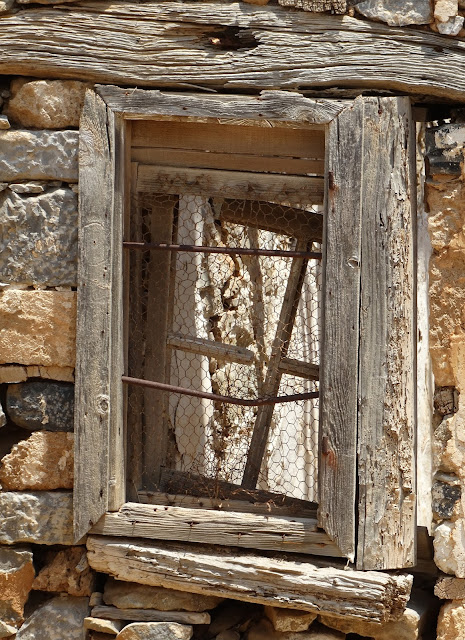Some forty five miles west of The Isle of Lewis, exposed to the worst and the best that The Atlantic Ocean can deliver. lies the rocky archipelago of St Kilda. The main island is called Hirta and once it was populated by genuine St Kildans. Nowadays, the only people who stay there are bird watchers, National Trust workers, occasional trawlermen, scientists and military personnel. I have blogged about St Kilda
before. It's the kind of place that fires one's emotions and one's imaginings.

While on holiday in Crete I read an excellent book about Hirta called "The Life and Death of St Kilda" by Tom Steel. It was written with passionate interest, after painstaking research and though it was a very different and more demanding book than "The Unlikely Pilgrimage of Harold Fry" I ate up every word.
Long before Christian religion appeared on Hirta, before formal education, before paternalistic lairds from the Hebridean islands, before Spanish trawlermen or the Ministry of Defence, long before that the people of St Kilda were self-sufficient and had very little contact with the outer world. The population was never large - two hundred at most but usually more like one hundred to one hundred and fifty. Even today nobody knows how people first arrived at this lonely place, where they came from and why.
They had songs, they danced and they shared stories but that was a couple of centuries before the sorrowful evacuation that happened in August 1930 - taking the remaining thirty six St Kildans to new lives in Scotland. Even by then the old songs were forgotten, hidden by the passage of time and puritan religion that interfered with their everyday quest for survival.
Stuck out in the Atlantic, the islands were so attractive to seabirds that they came in their millions - gannets, puffins, guillemots, terns and the fulmar petrel which was greatly prized by St Kildans throughout their long occupation. Though treeless Hirta and its sister islets have plentiful fish supplies, the islanders mainly survived on seabirds. They ate their eggs and plucked their feathers. Each summer they preserved thousands of them ready for the harsh winter that was bound to follow.
The oil from the fulmar petrel's belly had many uses - including lighting the islanders' humble "black houses" that had thick stone walls and turf roofs - strong enough to endure Atlantic gales that frequently blew at over 100 mph for days on end. They also had oats, seaweed and primitive Soay sheep. It must have been some time in the eighteenth century that potatoes were first introduced but they never grew well on Hirta.
This blogpost is threatening to grow as long as a length of Hirta tweed. So much of what Tom Steel wrote is still in my head and under my skin. I am reminded of other islands and fatal impacts - including Australia, Mauritius, Tristan da Cunha and of course Rapa Nui (Easter Island). So many precious things are lost when the first contact is made and then there is no going back.
The end of the St Kildan civilisation was sadly inevitable. Those resourceful people could never have lived in a bubble, removed from the voracious modern world. Though they are gone, tantalising evidence of their long existence in the archipelago remains. New things are discovered every year and more things will be discovered in the future but as at Easter Island, some secrets will remain hidden forever.
Is it so wrong of me to want to go there? Perhaps one day I shall, if the sea is calm enough to disembark in Village Bay where the main street of Victorian cottages has been largely restored by The National Trust. Much of the original village of black houses was bulldozed away by the army in the 1950's when they built a missile tracking station there. Imagine that - tracking missiles where once young men tied themselves to rocks and descended perpendicular cliffs to retrieve young fulmars every springtime. The contrast is so vivid it is almost unspeakable.



















































